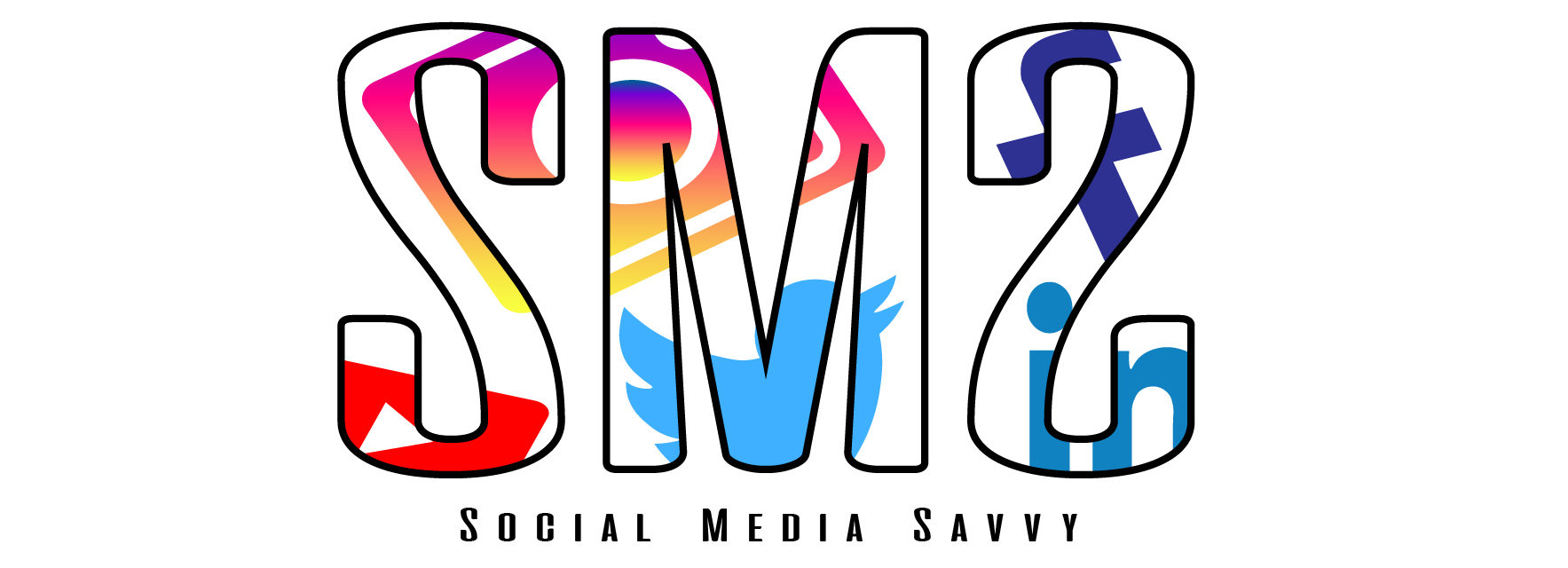This information is from Sprout Social - Click here to find out more.
https://sproutsocial.com/insights/social-media-questions/
Do I Have to Be on Every Social Network?
Answer: No.
Here’s why: As tempting as it is to increase your visibility by jumping on every social network, a lot of times it’s too much to take on. Instead of creating accounts just for the sake having a profile, get strategic with the networks you choose. An easy way to figure out which social networks to be on is by simply asking where’s my audience’s attention? If they’re not on Pinterest, there’s no need to spend a bunch of time and energy there. Check out our social media marketing guide to help decide which network is best for your brand.
Another good litmus test for which networks to choose is by asking yourself what value you can bring to the network. If you can’t create content that people on the network want to see, put your efforts elsewhere. For instance, if you have the time and resources to make outstanding videos, then you should definitely have a presence on YouTube so you can share those videos across the networks your audience loves most. If you don’t have the bandwidth for video production, get off of YouTube and don’t feel guilty about not being there.
Do My Social Media Handles Have to Be Consistent?
Answer: Yes.
Here’s why: Not only will it be easier for you to promote your social media handles if they’re consistent, but it will also be easier for fans to find and tag you. When usernames are different across every network, it can get confusing. If you Tweet an Instagram image but you have two different usernames, it complicates things. Inevitably, someone will tag your Twitter name on Instagram or your Instagram name on Twitter and you’ll miss opportunities for engagement.
Today it’s not only domain names that matter; usernames are just as, if not more, valuable in terms of digital real estate. Sites like Knowem tell you whether or not your desired username is available across multiple networks.
What Type of Content Should I Share?
Answer: The type of content your audience wants to see.
Here’s why: It all comes down to knowing your ideal customer. If you have a solid understanding of their lifestyle, desires and pain points, it will become much easier to create or find relevant content they’re likely to enjoy and share.
Beyond that, start following influencers in your industry who create outstanding content and share their stuff. Or you can use it to inspire you to write a few blog posts or conversation starters that riff off the topic or expand upon it. You can also search relevant hashtags or check out what’s trending on Twitter and Instagram to understand what people are talking about right now, then join in on those conversations.
Idea generation is the hardest part, so let your audience do it for you. Talk to your followers or ideal customers and ask them what they would like to see. You can also ask your employees to contribute one blog post per month. When you divvy up the work, it becomes less stressful and more thoughtful.
How Often Should I Post?
Answer: It depends.
Here’s why: Your posting frequency depends on your resources and audience. Your goal is to get quality content that your audience will love in front of as many eyes as possible. Never sacrifice quality for quantity.
It’s better to put nothing out there than to publish content that’s subpar. If that means you can only post on Facebook three times per week—but they are three really good posts that get a lot of engagement—that’s perfectly acceptable. Just find a consistent schedule that you can maintain.
If you’re struggling to publish on a consistent basis, you can always repurpose content. For instance, if you made a YouTube video, take 30-second segments of it and post them on Instagram. Old blog posts can be Retweeted with new phrasing and imagery.
In fact, you can set a strategy in which every blog post gets shared across every network on day one, a repeat on Twitter on day three, a repeat on Facebook on day eight and so on. If you share the same content across networks, each post should be phrased differently. For example, LinkedIn doesn’t use hashtags, so you wouldn’t want to copy and paste something from Twitter. An infographic might perform better on Pinterest than on Facebook.
You’ll have to track what kind of content and format does best on each network using social media analytics software. Take that data into consideration when publishing on each platform.
Should I Connect With Everyone?
Answer: No.
Here’s why: You don’t always have to “follow back” on Twitter or Instagram or accept every LinkedIn request. Why? Because you’re curating a network. Who you follow says as much about your brand as who follows you. It’s ok to be selective about who you follow.
Here are some ideas on who to follow:
- Users you’re genuinely interested in hearing from
- Influencers you’re trying to build a relationships with
- Loyal customers
- People who frequently engage with you on social media or share your content
The downside of following a bunch of people is it makes it difficult to sort through your feed and see the most important messages like mentions of your brand or products. A good workaround is to use a social media management tool to manage your incoming messages. Sprout’s Smart Inbox makes it extremely easy to isolate messages that require a response.
Also keep in mind that you don’t have to follow people to engage with them. You Like Tweets or Instagram posts or leave comments whether you follow them or not.
